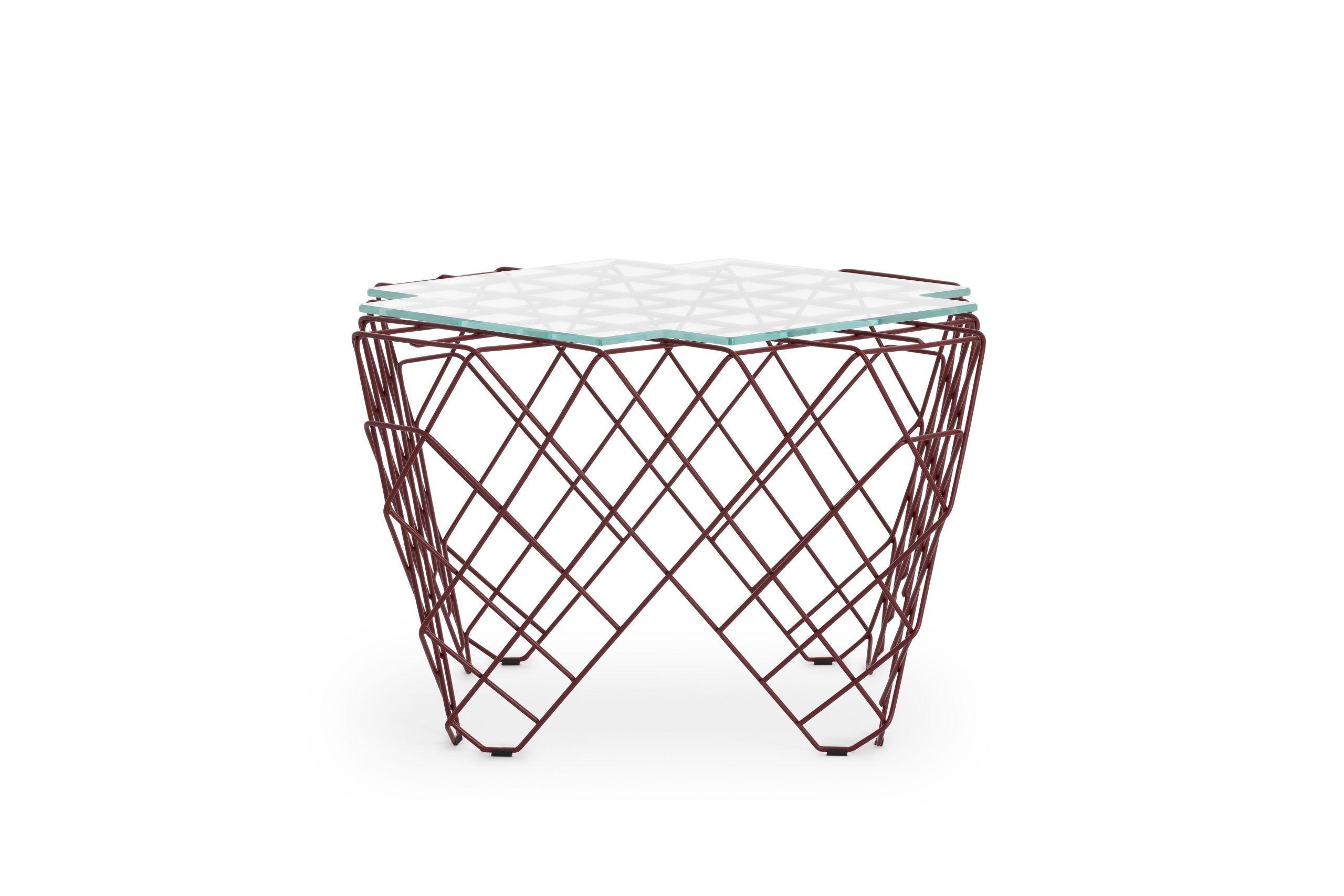
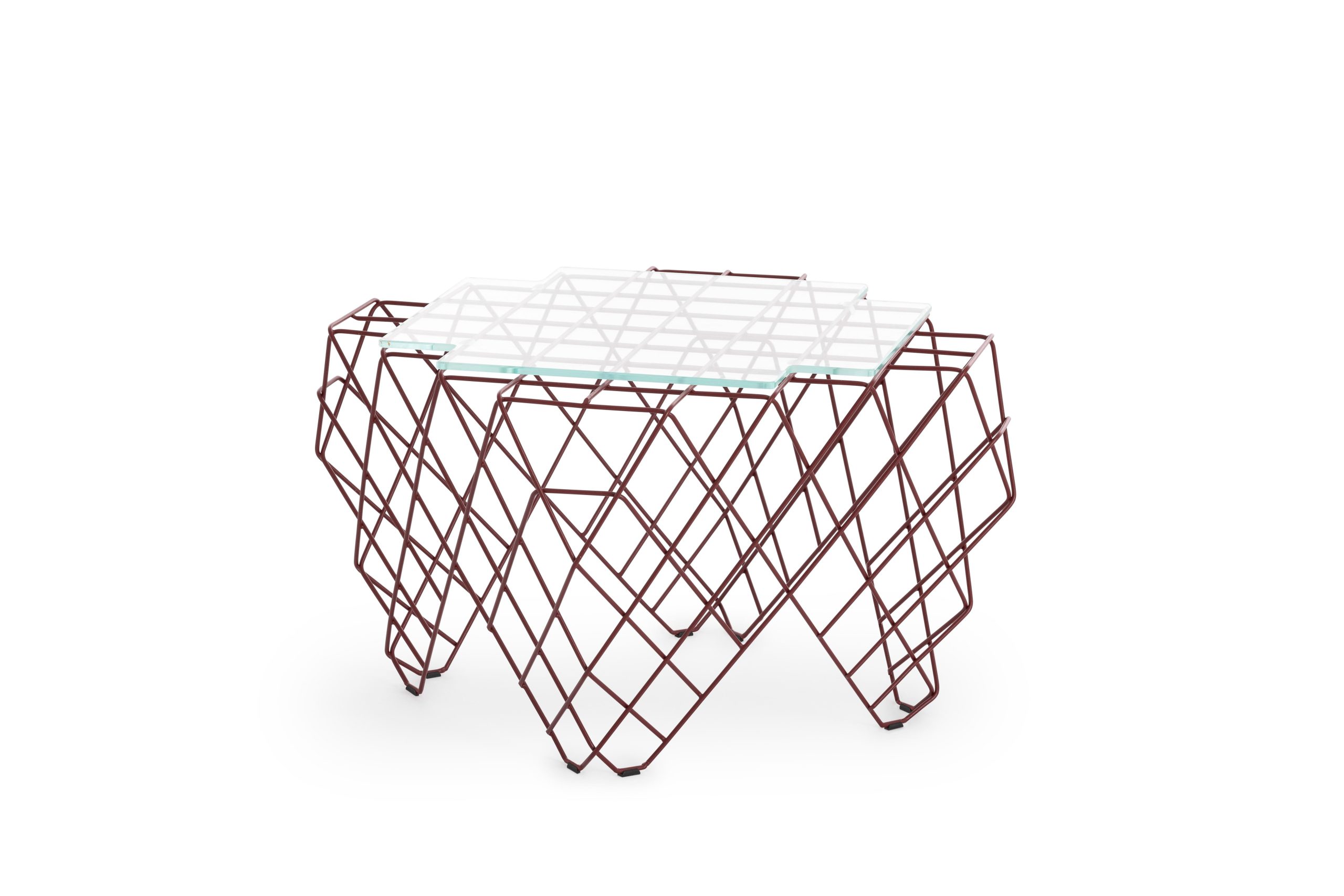
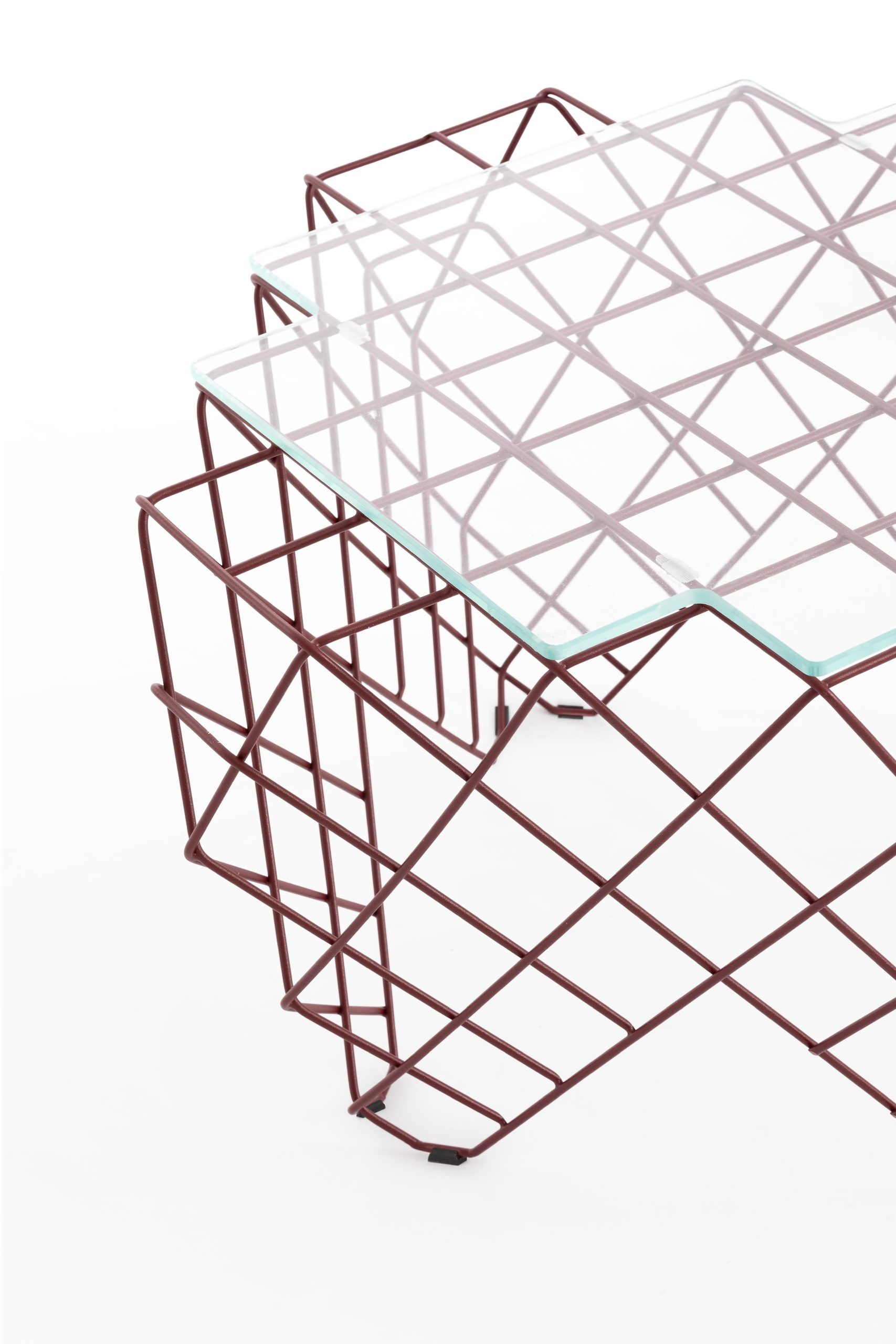
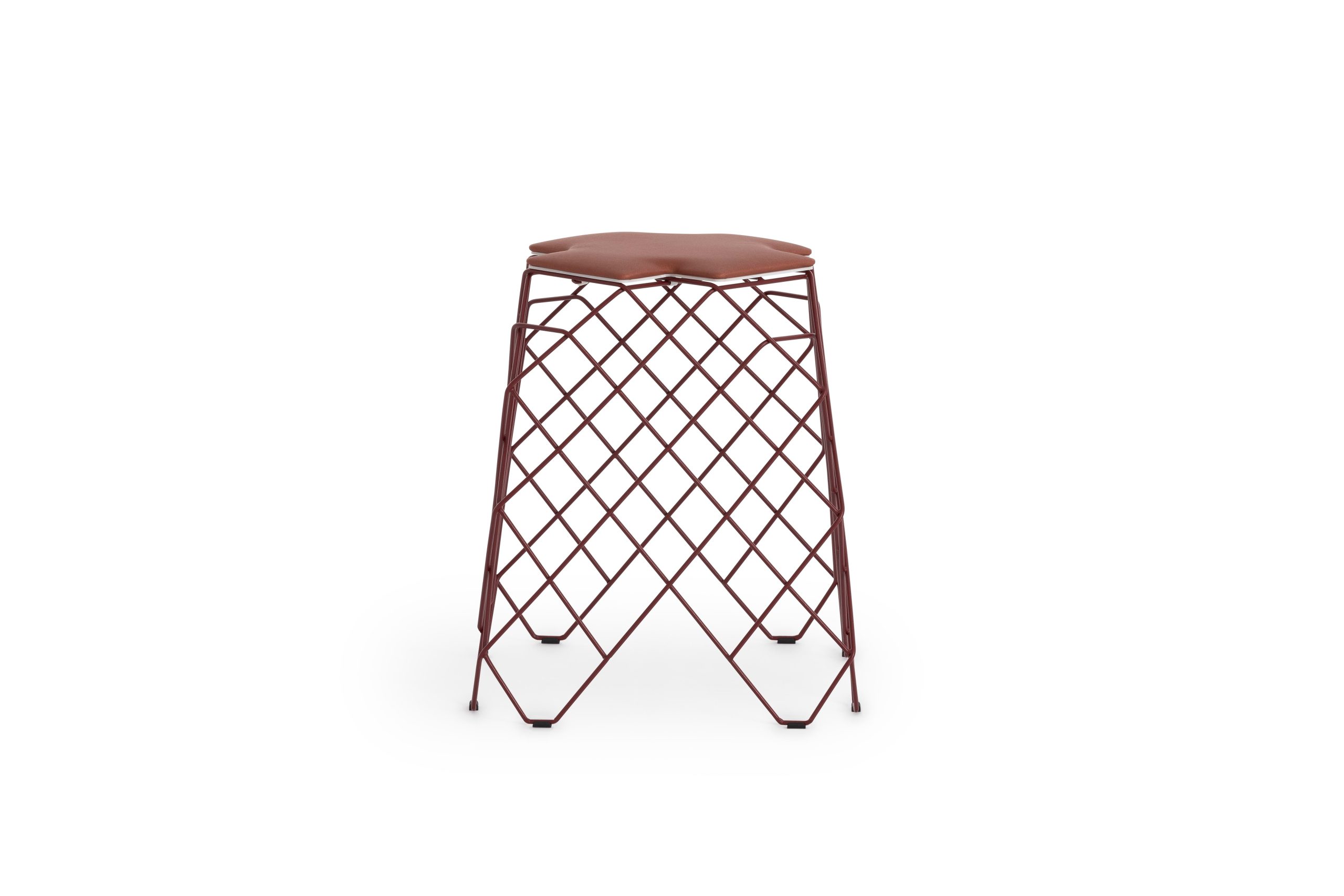
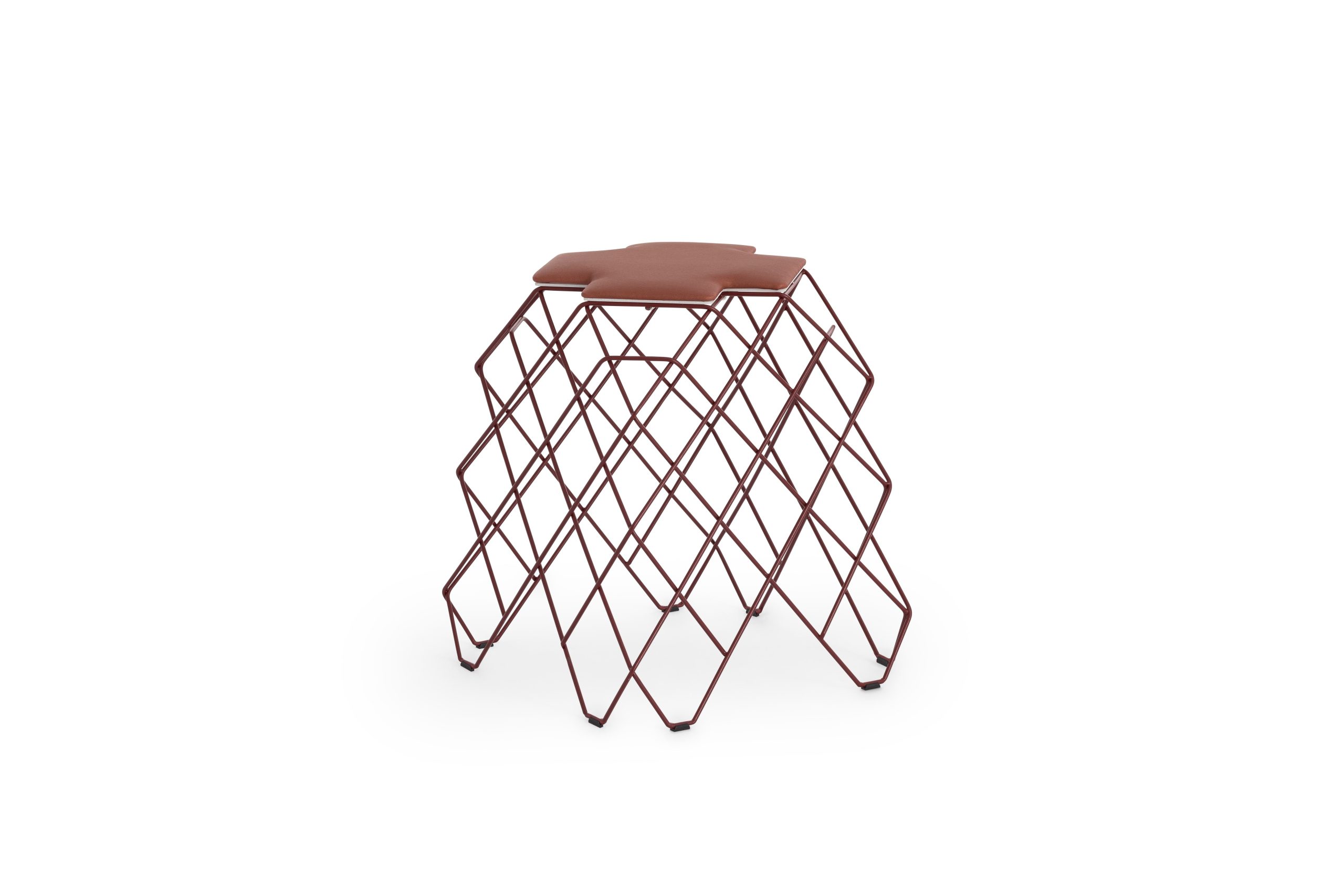
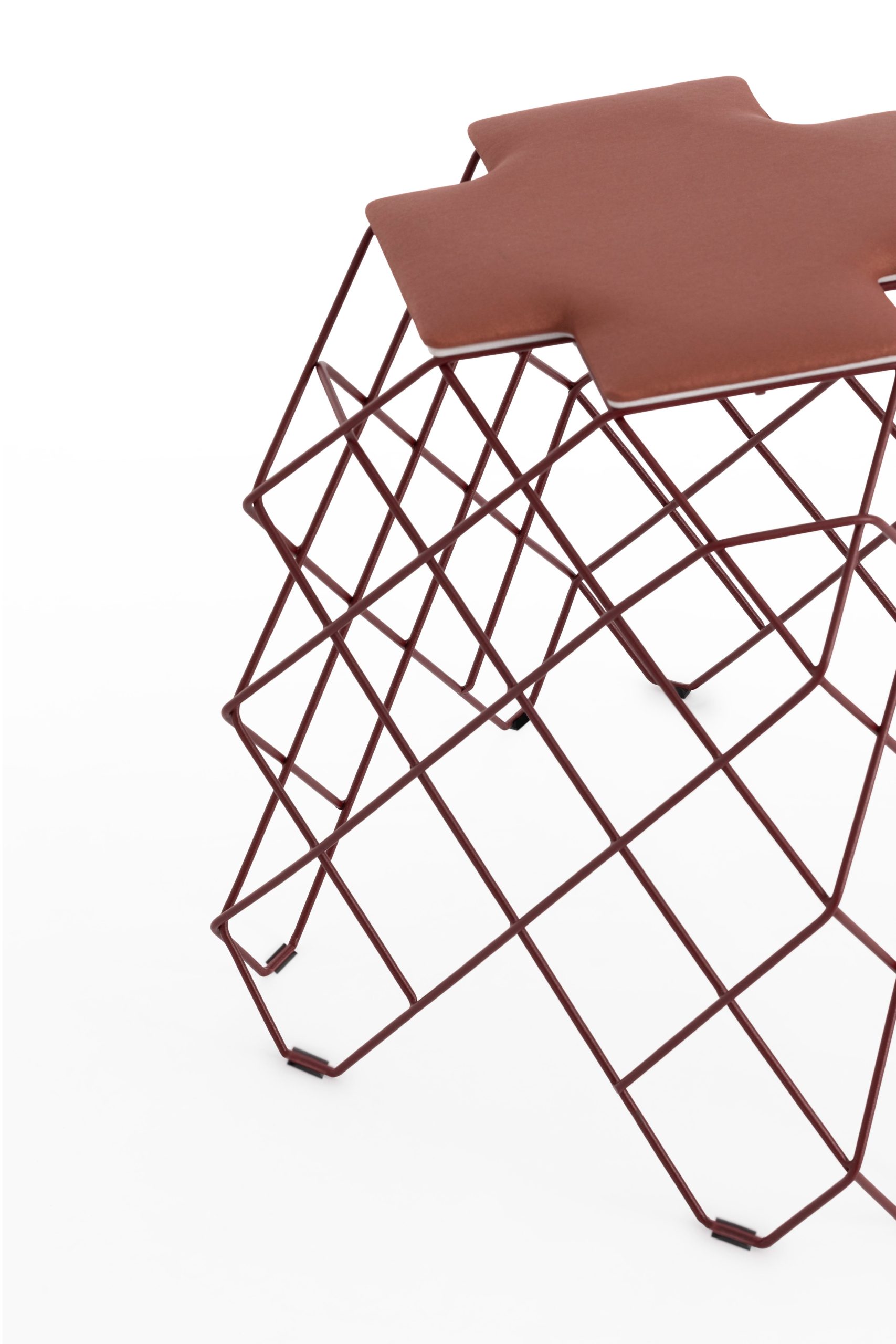
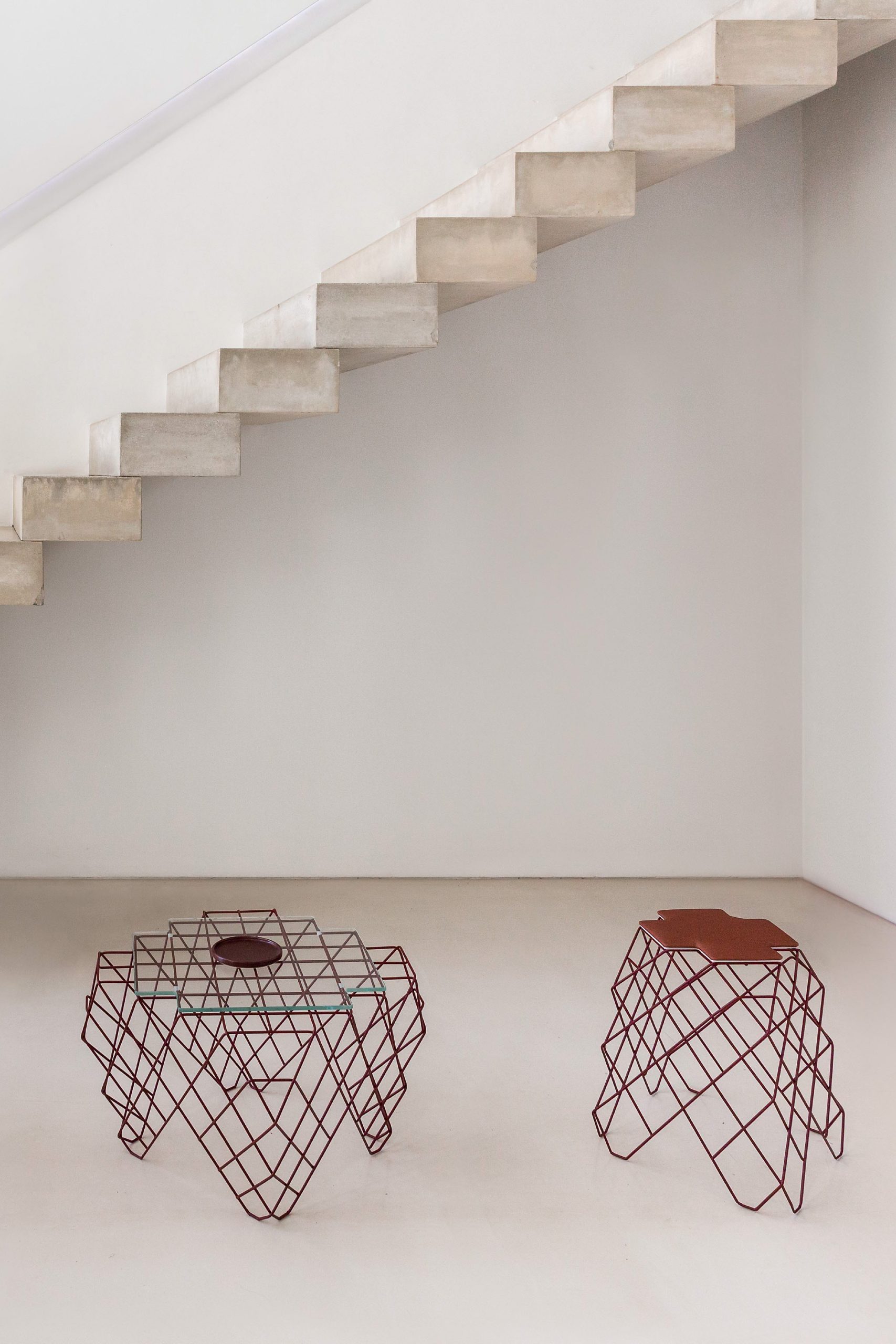
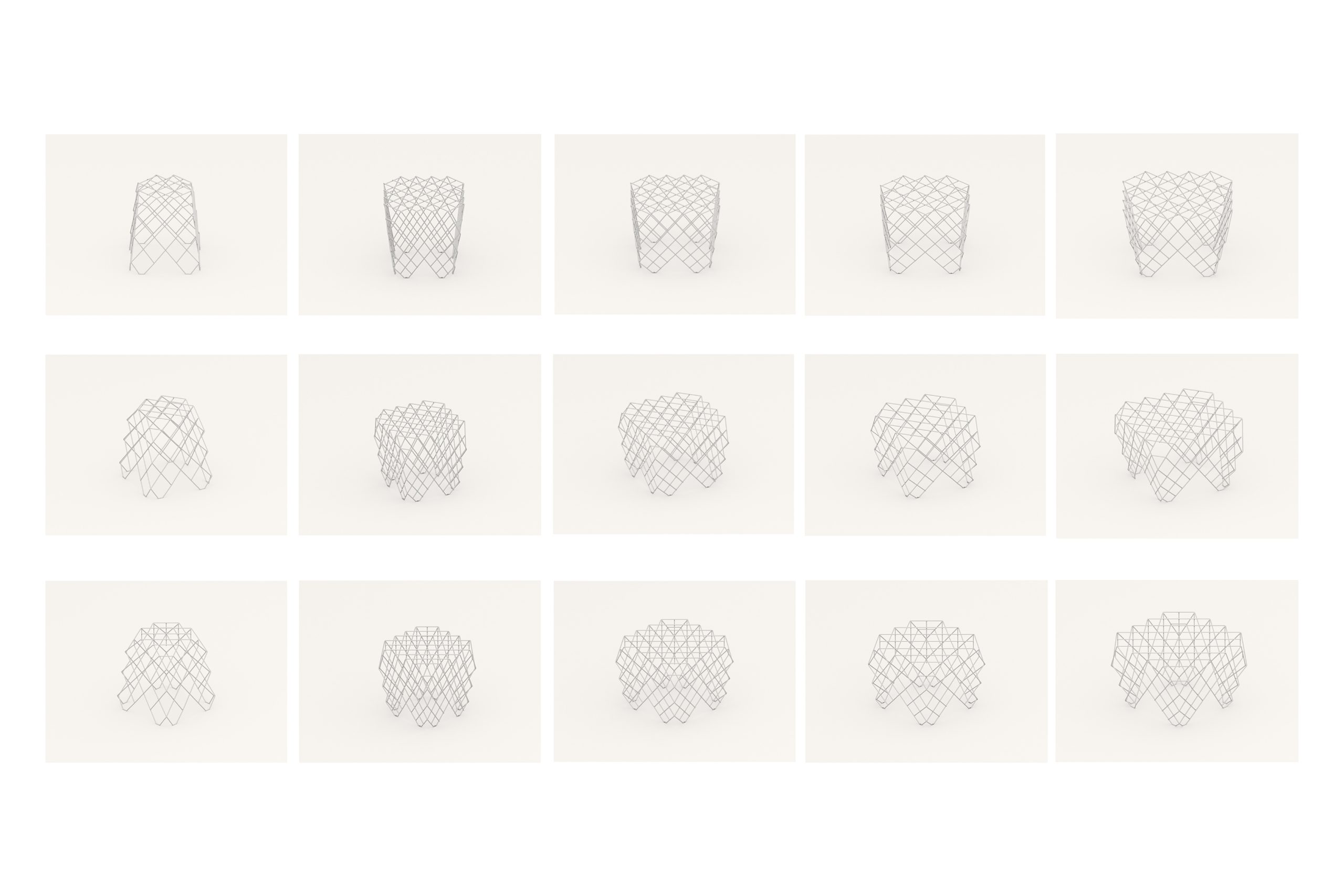
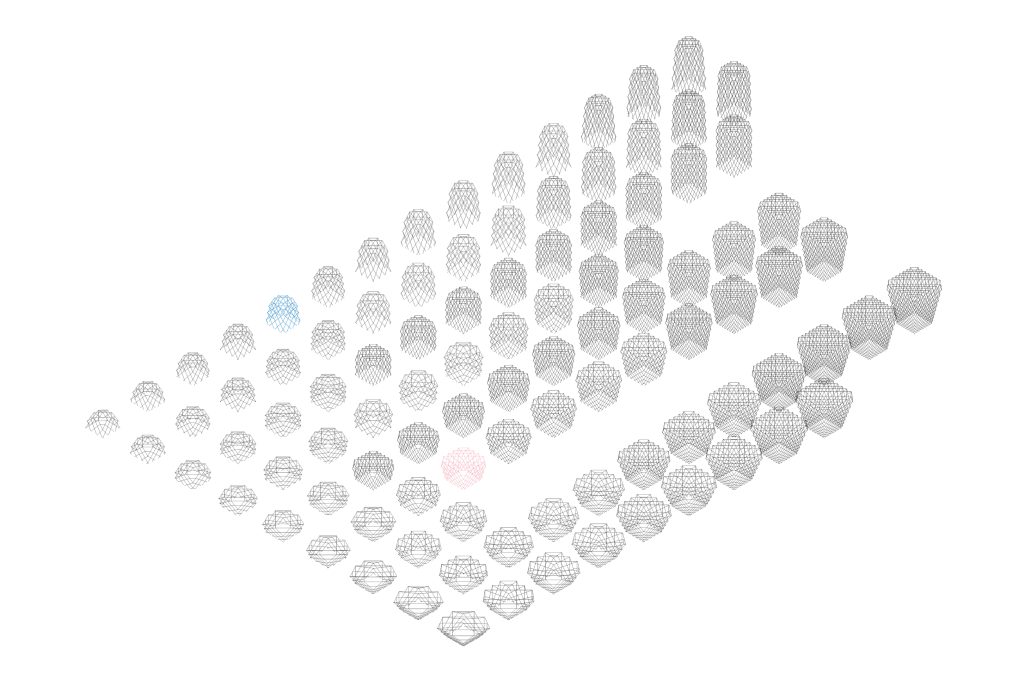
R24 GANDIABLASCO, 2019-2023
year: 2023
type: furniture collection
collaborators: arch. María Falivene, I. D. Adriana Ramundo, Martín Truffat, arch. Martín Zemma, I.D. Martina Montes de Oca, arch. Delfina Jackson, Geza Bethlen, acknowledgements to: arch. Guillermo Verardi.
production and distribution: GANDIABLASCO
Art Direction: Alejandra Gandía Blasco + Isabel García
Photographer: Héctor Campos Studio
low stool
Made of powder-coated stainless steel rod. Handmade. Gravidry® filtering polyurethane foam seat. Outdoor technical fabric upholstery.
L 42 x W 42 x H 47 cm
www.gandiablasco.com/producto/taburete-r24/#ficha
low coffee table
Made of powder-coated stainless steel rod. Handmade. Tabletop in extra-clear tempered glass.
L 60 x W 60 x H 47 cm
R24 investigates the possibility of building a textile architecture on a small scale, evoking sensations and images like the evanescence of a bailiff’s wing.
The R24 Collection for GANDIABLASCO evolves naturally as a catalogue of variations using generative design as a tool to produce variants based on the parameters of the original piece.
The side table is the result of the expansion of the support surface and the inversion of the geometric volume of the stool. The series keeps similar distances between the crossing points of the original weave to preserve its light and open identity.
In both pieces what defines their use is given by the accessories: a seating-pad for the stool and a tabletop in glass for the table.
R24 builds an ethereal support from the image of the weightlessness of bodies held in space and the material research of structural fabrics in steel rods.
The innovation of R24 lies in dematerialising edges and substructures and avoiding the bracing rings that define the volume of the original pyramid in order to achieve continuity. The open weave integrates the seat and supports creating a firm shell structure in a single continuous skin.
The thin 5mm metal curves that make up the pieces are bent on the same plane ( xy ) to simplify their handcrafted construction. These elements are hatched around the absent pyramidal body and arranged in a diagonal pattern.
The braiding manages to put the threads in contact creating a two-level mesh that distributes the stresses in a solidary manner, giving it a resistance capable of supporting a weight nearly a hundred times greater than it’s own.